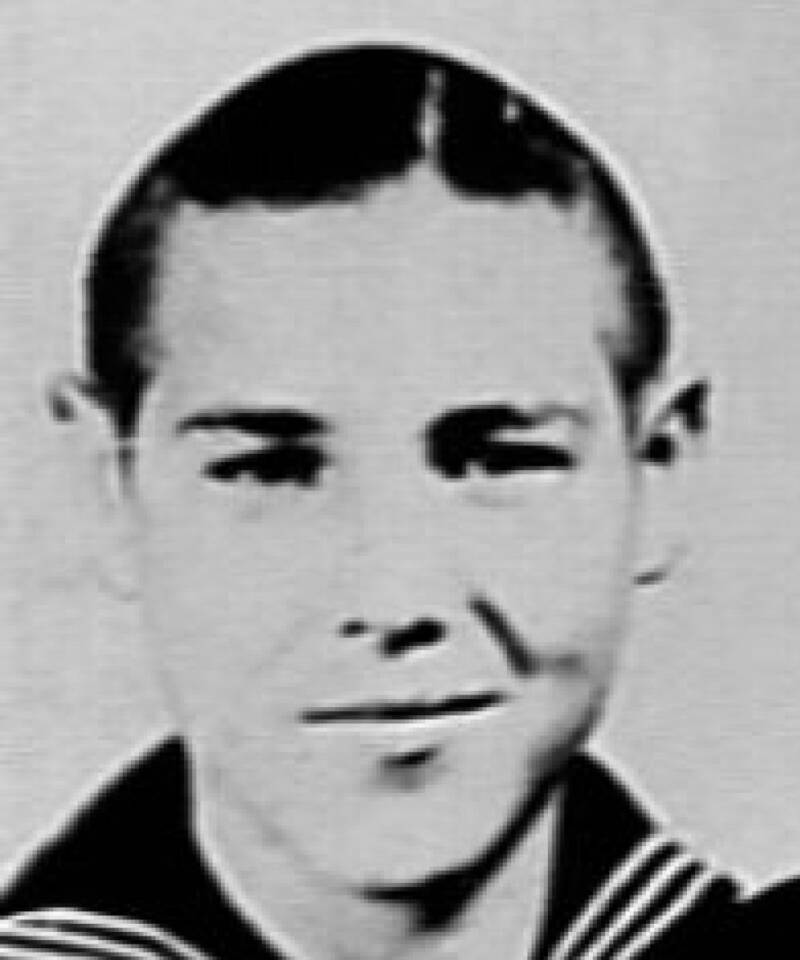Heroes come in all shapes and sizes, they say. And as one instance showed, they come in all ages, too.
In many ways, Calvin Graham’s story was typical of many young men of his generation. His childhood was spent in a poor family trying to get by amid the Great Depression. He sold newspapers to help make ends meet.
His dad died, his mom remarried, and Calvin was ready to leave home. Like many folks in his dire situation at the time, he saw joining the military as a way out.
However, there was a problem. Calvin was 12 years old in 1942, not even close to being old enough to legally enlist.
But that didn’t stop him. With meticulous planning, he started shaving (even though he didn’t need to), deepened his voice, and walked rigidly erect, all in a bid to appear older. He carefully forged his mother’s signature on his enlistment papers, and even memorized a fake birthdate.
And with that, he was in the United States Navy. While other kids his age back home were learning the three R’s, Calvin was undergoing basic training. With war raging in the Pacific, the youngster was assigned to the USS South Dakota and shipped off to sea.
His baptism of fire quickly followed.
November 14-15, 1942, the South Dakota came under withering attack in the brutal Battle of Guadalcanal. It wasn’t kid stuff. Though barely in puberty, he was now in life-or-death combat.
One shell after another slammed into the South Dakota as she bore the brunt of a savage Japanese assault. Burning shrapnel seared Calvin’s body. Bleeding profusely, the 5-foot-tall sailor helped rescue his injured crewmates as fire raged through the damaged ship, pulling as many as he could to safety despite his intense pain.
The South Dakota managed to stay afloat, though badly damaged. Forty of her crew were killed; another 180 were wounded, including Calvin, who received the Bronze Star and Purple Heart for his heroism, along with the respect of those who had witnessed his bravery.
But trouble was brewing back home. His relatives got wind of his enlistment and wrote to the Navy Department, informing officials that he wasn’t even a teenager yet.
An investigation followed, and Calvin’s story swiftly fell apart. He was unceremoniously arrested, stripped of all his medals and citations, dishonorably discharged, and sent packing.
No one knew it at the time, but Calvin Graham left the Navy as the youngest American to fight in World War II.
A hard life followed. After he’d survived severe combat, he couldn’t just go home and hang out at the soda fountain in the local drugstore with other adolescents. He married at 14, became a father at 15, and was divorced by 17.
He also enlisted in the Marine Corps, legally this time, when he was 17. But bad luck still followed him. He fell off a pier and broke his back during the Korean War, ending his military service.
Calvin spent the rest of his life trying to clear his name. In 1978, President Jimmy Carter signed off on his finally received an honorable discharge.
In 1988, his story was turned into the TV movie “Too Young To Serve” starring Ricky Schroder. That same year, President Ronald Reagan signed legislation that allowed him to receive $18,000 to cover his past medical bills.
Fortune, it seemed, was finally smiling on the once young warrior. But all too soon, it faded.
With many of the doctors who had treated him over the years now dead, he was unable to produce the required receipts for his treatment, and so he received only $2,100 of the $18,000 he was entitled to.
Even worse, although the film rights to his story had fetched $50,000, two agents took half of it, with another big chunk going to the author of an unpublished book about his wartime exploits. Calvin was left with just $15,000—before taxes.
His heart finally gave out, and he died in 1992 at age 62, two years before the secretary of the Navy personally presented his Purple Heart to his widow.
Most of the 16 million men and women who served their country during World War II were later celebrated as heroes. Calvin Graham spent his entire life fighting for the right to be officially recognized as one of them.


